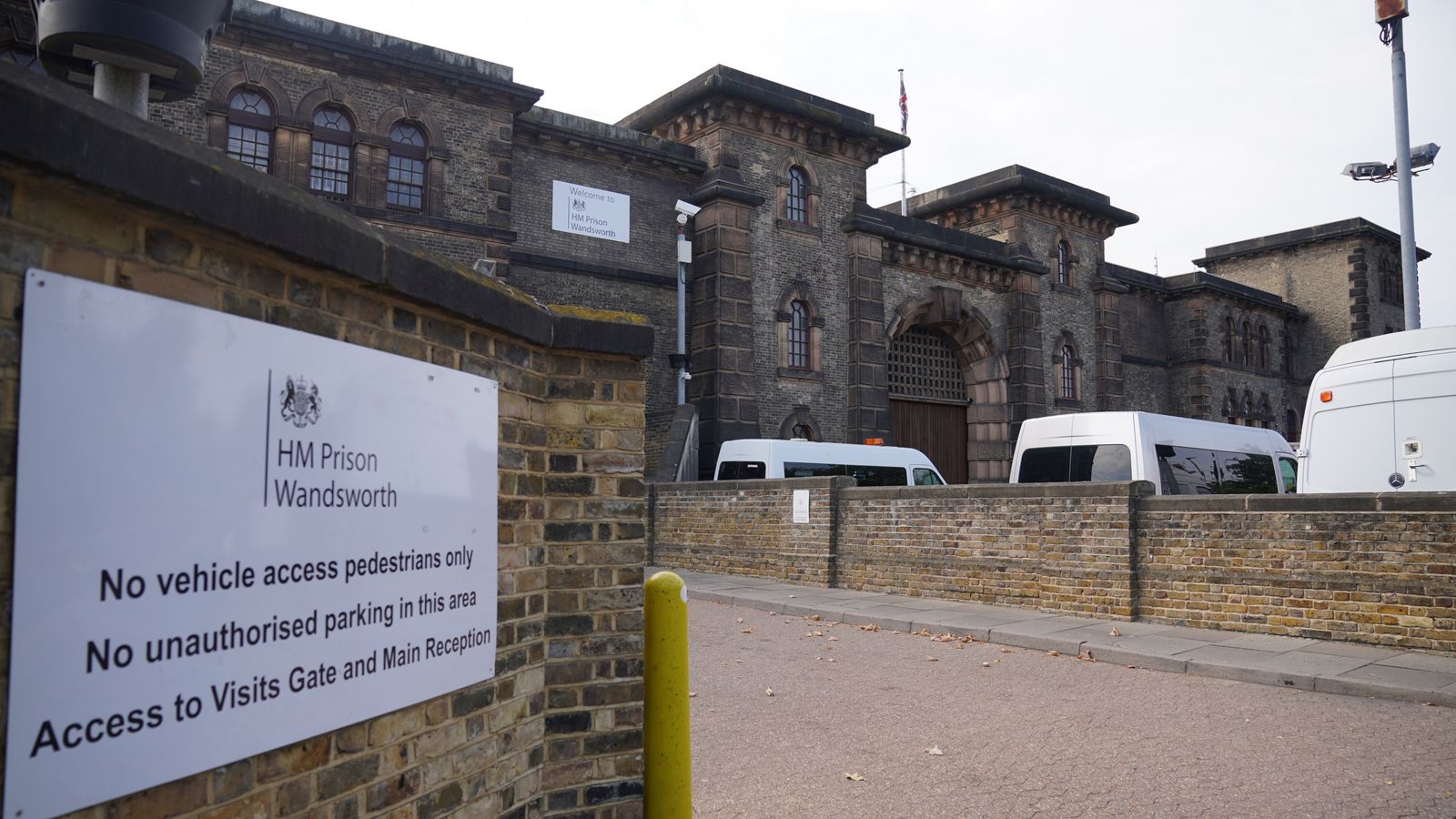Insecure attachment styles are often labelled as ‘unhealthy’ (Picture: Getty)
You’ve likely stumbled across attachment styles somewhere on social media.
Relationship gurus on apps like TikTok are big on ‘diagnosing’ people as either anxious, avoidant or (if you’re lucky) secure – but these are just the tip of the iceberg in attachment theory.
The theory is all about how you relate to others romantically and, while reductive at times, it can help reveal more about how you date.
Both avoidantly and anxiously attached people get a hard time, with these insecure attachment styles labelled ‘unhealthy’ or something to ‘fix’. A simple Google search can give you a good idea of the stereotypes and connotations associated.
But the much-maligned classification is incredibly common, with some research suggesting 20% of people are in the anxious camp, while 30% are avoidant.
Popular psychology will tell you that attachment styles are often a reflection of our childhood and early coping mechanisms.
So, rather than seeing avoidant attachment through a solely negative lens, there are many reasons to defend people with these traits (yesterday, we did the same for anxious folk).
Relate counsellor Natasha Silverman tells Metro.co.uk: ‘We all have an attachment style, e.g. a way of relating to, and showing love to, our romantic partners.
‘This is often shaped by the way that our parents connected to us during childhood.
‘It’s important to stress that having an “insecure” attachment style doesn’t have to mean that you didn’t have a happy childhood or that your parents in some way failed you.
‘In fact half the population don’t fall into the category of having a “secure” attachment style.’
How can you know if you’re securely attached?
If you’re in the minority and have a secure attachment style, you were likely raised to know that when you’re distressed or upset, the people who love you the most (e.g. your parents or caregivers) will be there for you, listen to you, validate your feelings (rather than avoid or minimise), talk through things with you and sit with you in your sadness or upset, without necessarily trying to ‘fix’ the problem.
You were likely taught that it was healthy to experience a range of positive and negative feelings, and you did not need to run away from, avoid or minimise difficult emotions because you were not alone with them, but had the support of your loved ones to manage them.
Avoidants particularly can be seen as problematic.
‘It can be difficult to feel sympathetic towards someone who frequently leaves you feeling unwanted and rejected, but the truth is that most people that are avoidantly attached were shaped to be this way: it’s not their choice to pull away, but simply the repeating of patterns that have been entrenched for decades,’ Natasha says.
‘Avoidantly attached people generally learned from a young age that when they are emotionally distressed or overwhelmed, they must go inside themselves for comfort.
‘This may be because they had an unavailable or inconsistent caregiver, or one who dismissed their emotions.
‘The lesson learned is that people will not necessarily be there for you when you’re struggling. As a result you become independent, self-reliant and learn to lean away from loved ones rather than towards them, in times of pressure.
‘If you have an avoidant attachment style you may have family mantras such as “it’s not that bad”, “just think positively”, “it could be worse”, “try not to think about it”.
‘This is often because, in the absence of healthy skills to manage emotional distress, the only option is to “turn off” the feeling entirely, through avoiding.
‘Therefore an avoidantly attached person may pursue solitary pursuits to self-soothe or emotionally regulate. Quite often though, underneath the avoidant attachment style, is somebody who really does want to connect, but simply doesn’t know how to, because they were never taught to do it.
‘Emotional connection and transparency may feel hugely overwhelming, exposing and uncomfortable,’ says Natasha.
However, it is no one’s responsibility to change an avoidant, or burden themselves with infinite empathy if dating one is damaging to the partner’s own headspace.
‘Emotional connection and transparency may feel hugely overwhelming, exposing and uncomfortable’ (Picture: Getty)
From Natasha’s experience, people often describe their avoidantly attached partners as being emotionally unavailable, unempathetic, or withholding.
They may say they feel lonely in the relationship with their avoidant partner, that it’s difficult to reach them on an emotional level.
They might not feel ‘known’ or understood, and it might be difficult to feel connected or close to them.
‘The partner of the avoidant person is likely to feel chronically rejected, frustrated or even punished, while longing for more emotional intimacy, affection or closeness,’ she adds.
‘They might wonder whether their partner’s lack of availability and interest in connecting means they aren’t committed to the relationship.
‘An avoidantly attached person’s conflict strategy of choice is likely to be stonewalling: the refusal to engage during difficult conversations or arguments.
‘This might look like shutting down the conversation, pulling away, leaving the room or house, or turning off their phone.
Is it abuse?
Intentional withholding of communication, connection and stonewalling behaviours can also be traits of abusive, controlling relationships.
If you think you might be affected by this, reach out to an organisation like Refuge who run the National Domestic Abuse Helpline. Relate counsellors are also trained to spot all signs of abuse, including emotional abuse.
‘Partners of the avoidant person might feel so frustrated about being feeling repeatedly shut down and unable to emotionally to reach their partner, that this culminates in a ‘big outburst’ and threats to end the relationship.
‘Often, only under this intense pressure and fear of abandonment, can an avoidantly attached person find the ability to close the distance and give their partner the love they so desperately crave. However, this usually doesn’t last for long.’
This unhealthy ‘pursuer’ and a ‘distancer’ dynamic is one of the biggest reasons couples come for counselling – and split.
How to ensure an avoidant attachment doesn’t get the best of you
At home, couples may wish to do some reading into attachment styles to understand where their behaviours are coming from, Natasha suggests.
‘Recognising the pattern is the first step towards changing it.
‘Exercises to slowly increase the avoidant person’s tolerance towards opening up can be useful, for instance: “I know you don’t want to talk about it, but can you just name three emotions that you’re feeling right now?”.
‘If the non-avoidant partner is actually not secure, but more anxiously attached, they may need to try stop working quite so hard for connection, so that the avoider has the space to take a step forward.’
It’s possible to heal an insecure attachment style, generally through therapy and with a partner who is more secure in their attachment.
If you feel you or your partner are struggling with an insecure attachment style, reach out to Relate for support.
Do you have a story to share?
Get in touch by emailing [email protected].
MORE : In defence of people with an anxious attachment style
MORE : ‘All you need is love” isn’t always the case’: Attachment styles apply to friendships too
Rush Hour Crush – love (well, lust) is all around us
Visit Metro’s Rush Hour Crush online every weekday at 4:30pm.
Tell us about your Rush Hour Crush by submitting them here, and you could see your message published on the site.
‘Emotional connection and transparency may feel hugely overwhelming, exposing and uncomfortable.’





